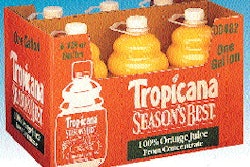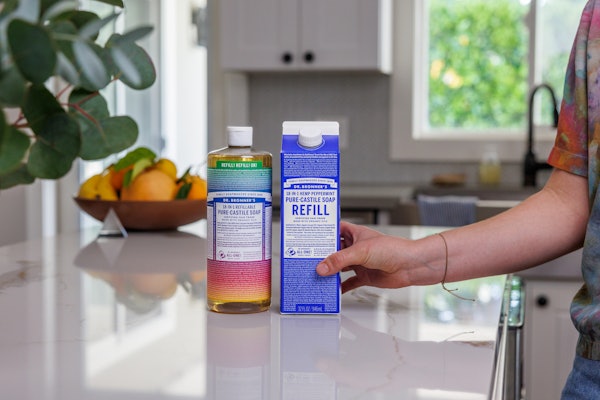For many of us, coping with packaging in 1996 is stressful enough. We see fellow workers--many with long careers--discarded like disposable drink cups. We understand that new management is emphasizing outsourcing of functions that our friends were performing just weeks or months ago. In fact, it's a phenomenon that many production line workers have been experiencing for years--when new concepts replace experienced workers. This same replacement of assets is what many companies do to cut costs. Usually, it's machines that replace workers. Today, almost as often, the functions of some company workers are now being done by new computer programs, by consultants or by suppliers. Or in some cases, it's not being done at all. Nothing stays the same for very long. Nor should we as packaging specialists, operating under the different conditions that will be part of what we call the future. We constantly need to change and improve, much as the machines and the electronics that control them have. Whatever the scenario at your company, there's little doubt that careers in packaging will be built only by those who anticipate the future. . . those who can predict and develop the skills their companies will need to compete in the markets of the twenty-first century. The editors at Packaging World decided to unveil some of those skills this year to help guide today's packagers who are preparing themselves for that new century. The editors posed these questions to prominent packagers, packaging educators and others to get a feel of both the technical and nontechnical areas that have and will become important to the packaging professionals of the future. Some of these topics are predictable, although we're focusing on those that aren't so easily known. Given enough resources, a manufacturer can identify the subject areas it expects its Year 2000 recruits to grasp, whether that recruit is a machine operator or a mechanic or a packaging engineer or even the company's director of packaging. It boils down to creating profiles of packaging responsibilities that will be appropriate in the years ahead. It also means trying to create mean levels of skills and knowledge that will be interesting to recruiters at Procter & Gamble as well as those at fast-growing companies like U.S. Robotics. And those at relative start-ups, too. We've found that job titles are almost as mysterious as corporate cultures. Packaging engineers at one company do the same work as packaging scientists at another, which are the same job responsibilities that a packaging research & development specialist employs at another company. So we ask that you pay more attention to the responsibilities of each report rather than focusing on the titles. The roles of the packaging machine operator and packaging mechanic at plant level should be easily understood. We view the packaging engineer as an employee at a manufacturing plant with responsibilities for packaging equipment. Meanwhile, at company headquarters, the manager of packaging research and development heads that department, and that function reports to the director of packaging. Through this series of reports, we hope to explain what jobs in packaging will be like in the future. It isn't perfect, and it may not recognize your company's culture, nor may it reflect your firm's union rules. What we hope is that it will help you and your company understand where this business is headed as we collide with the new millenium. Most of all, this effort is just a beginning. We know there will be other points that should be included, and we hope you'll recognize them and share them with us in the coming months. Our phone number, fax number, mailing address and e-mail address are all shown below. We plan to publish some of these other points of view in the coming months.
Packaging 2000
What will packaging responsibilities be like in the new millenium? What new areas of skills and knowledge will be in demand then? Those are the questions Packaging World editors posed to packaging educators and industry experts to learn what tools packagers will need to cope in the years ahead.
Sep 30, 1996
Machinery Basics
New ebook focused on cartoning equipment
Read about the various types of cartoning equipment, how to select the right one, and common pitfalls to avoid. Plus, read equipment advice from CPGs for ultimate cartoning success.
Read More
How AI is reshaping CPG manufacturing operations
Today’s CPG companies are faced with mounting challenges in their manufacturing operations. You have the data that could help you, but can you turn that data into knowledge? See how artificial intelligence can help. Learn what’s working for Pfizer, Post, and Smithfield.
Read More




















